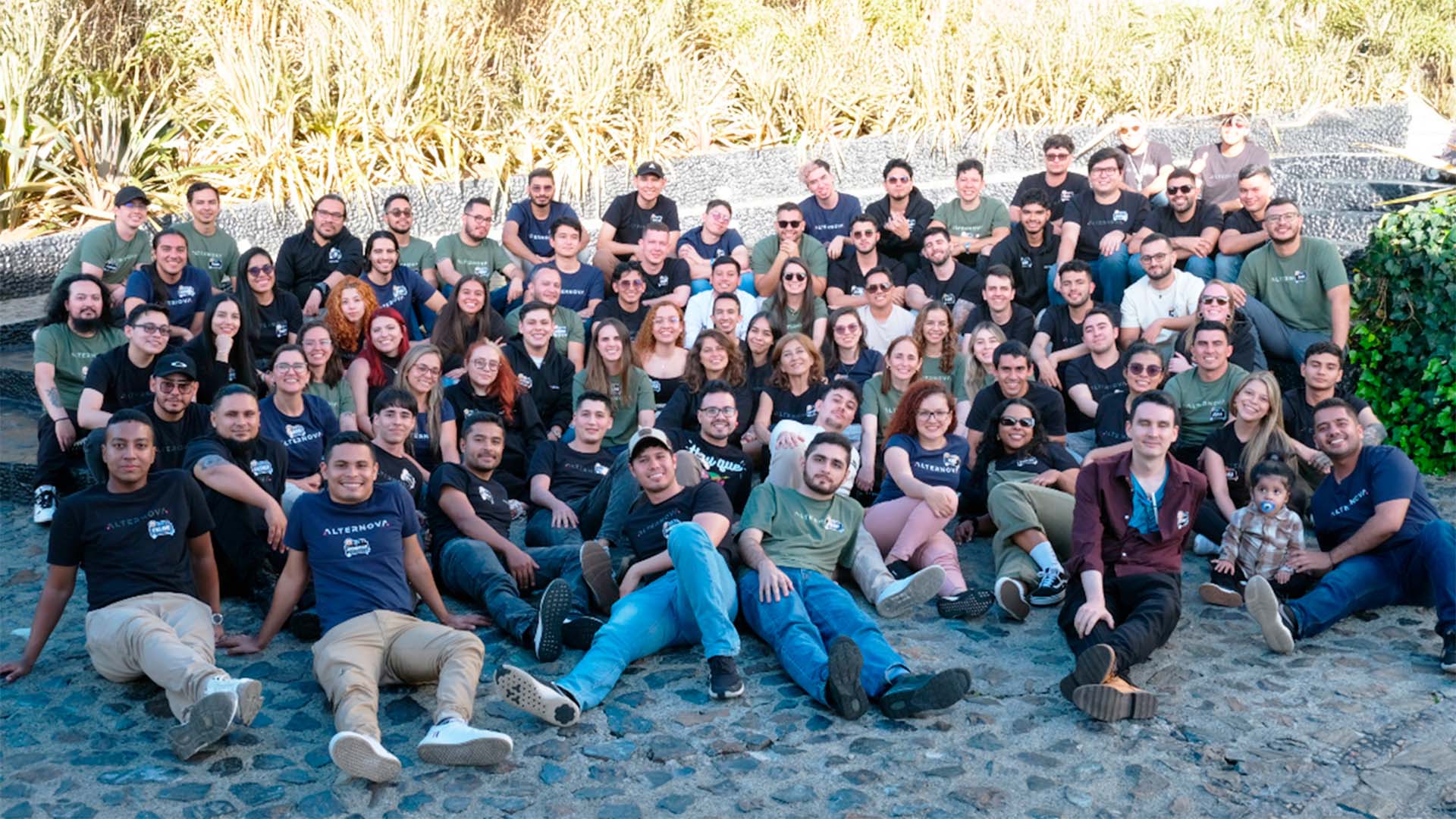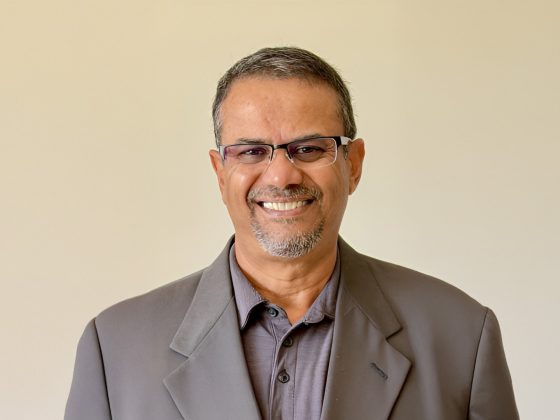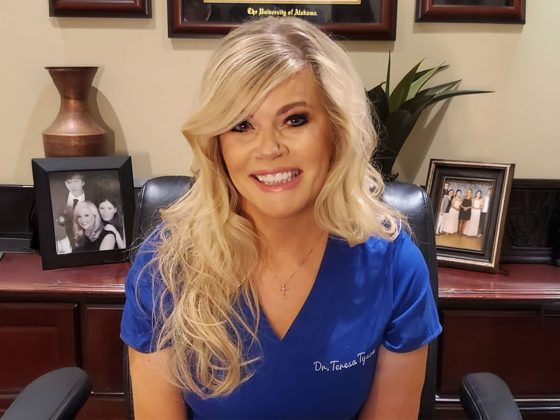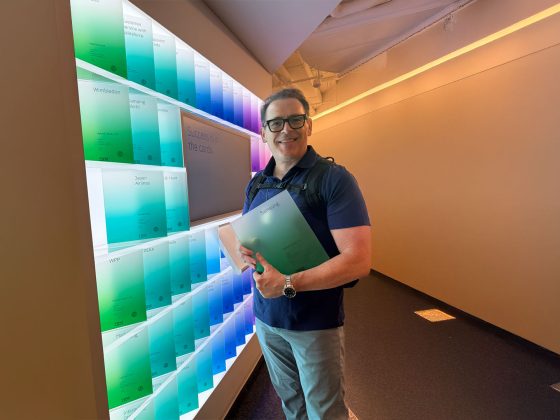As co-founder and CEO of Alternova, an early stage company focused on software for the global digital health industry, Ricardo Velasquez knows that the most successful health technology solutions are rooted in purpose and supported by evidence. “The first question we ask is simple,” he says. “What human need are we solving, and what evidence supports it?”
Velasquez, who’s spent his career building digital solutions that bridge technology, science, and human behavior, sees a shift in health technology development. Tools are no longer measured only by their technical capabilities but by their ability to meet genuine human needs in ways that are clinically validated and practical. “If you’re not grounding your idea in science and real user behavior, you risk building something shiny but ultimately irrelevant,” he says. By embedding research and clinical validation into the early design process, Alternova ensures that the digital solutions it creates are not only innovative but also trustworthy and effective. For patients, this means tools that genuinely improve well-being. For health organizations and investors, it signals products that can stand up to scrutiny and scale responsibly.
Where Play Meets Well-being
What makes health technology engaging is rooted in play, an influence that stems from Alternova’s original background as a video game developer. In his view, technology designed to improve well-being should not feel intimidating or clinical. Instead, it should encourage sustained use by being enjoyable and approachable. “Even the best health tool won’t work if people don’t use it,” he notes.
This philosophy is a throughline in Alternova’s projects, where design teams borrow elements from gaming to create experiences that are emotionally resonant and user-friendly. It is an approach that challenges traditional assumptions in digital health, which often focuses heavily on compliance and less on user enjoyment. By blending entertainment mechanics with health-focused goals, Velasquez and his team make complex tools easier to adopt, ultimately leading to stronger outcomes. “It’s about making technology human,” Velasquez says. “If we want people to engage with solutions that can improve their lives, they need to feel fun, seamless, and personal.”
Building Together, Not Just for Clients
Another defining characteristic of Alternova’s model is what Velasquez calls “skin in the game.” Beyond designing and building software, the company selectively co-invests in projects, sharing both risk and reward with founders and investors. This partnership model strengthens alignment and accelerates market readiness. “When we co-invest with our clients, it’s more than a contract,” Velasquez explains. “It’s a commitment that we believe in their vision and are willing to build alongside them. Everyone is invested in the success, and that changes the dynamic completely.” This helps early stage companies that often need both capital efficiency and technical expertise. By investing resources directly into promising ideas, Alternova positions itself as a “long-term partner in innovation.” For entrepreneurs, it means access to a team that is equally motivated to see the product succeed.
Shaping the Future of Digital Health
Velasquez sees the future of digital health as one where solutions are both rigorously compliant and playfully human. His vision is to create tools that support well-being without overwhelming users, and to do so in a way that is scalable, secure, and scientifically sound. “The future of well-being should be fun, connected, and beautifully human,” Velasquez says.
To follow Ricardo Velasquez’s work and insights, connect with him on LinkedIn or visit Alternova’s website.









